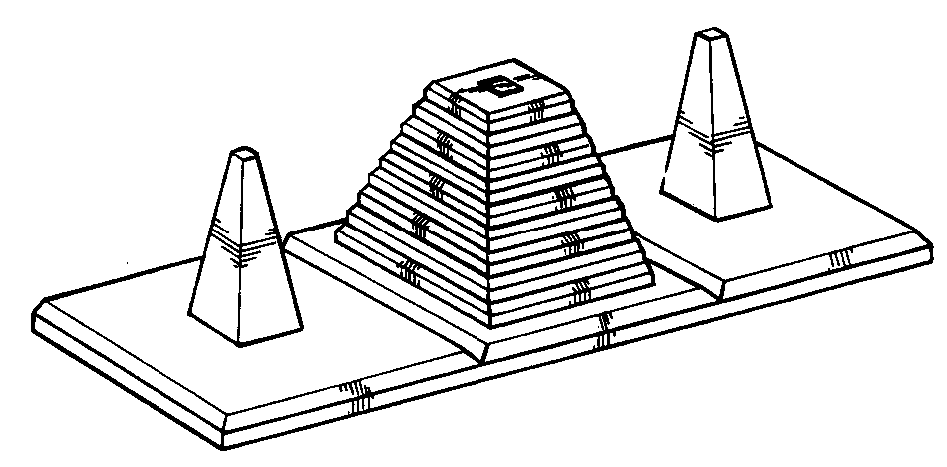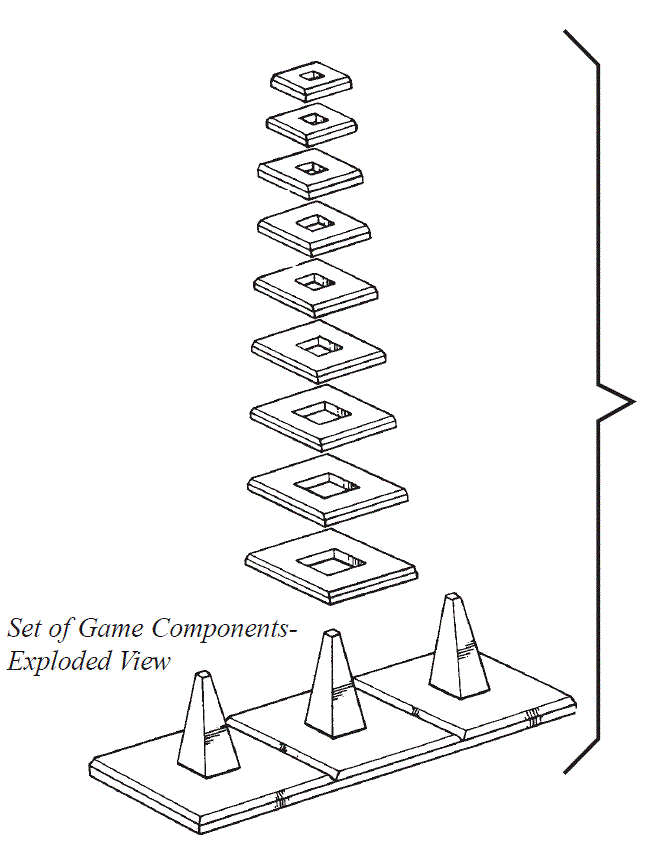Why not file a design patent application?
If you are in the business of innovation, you can’t ignore design patents. And if you’re going to pursue them, you need to understand what they can and cannot do. A design patent protects only the ornamental appearance of an invention. The focus is on the visually unique features of a product.
Need to apply for a design patent? Call US patent attorney Vic Lin at (949) 223-9623 or email vlin@icaplaw.com to explore working with us on your design patents.
Is a design patent the right filing for you?
At the outset, understand the difference between design patents and utility patents. Design patents do not protect how products work. Instead, design patents protect the ornamental appearance of an invention. In other words, a design patent application would be the proper type of filing if you’re seeking to protect how your product looks.
Patenting a design is typically quicker and cheaper than procuring a utility patent. Though protection is limited in comparison to utility patents, filing a design patent application may be worthwhile if you want to stop others from selling copycats and knockoffs that look very similar to your patented product. The USPTO provides a helpful guide.
What do design patent drawings look like?
Required drawings generally include views of the front, rear, top, bottom and left and right sides. If the bottom is flat and unornamental, the bottom view may be omitted as long as a proper statement is included in the specification.
Though they’re optional, I prefer to include perspective views (see below) that show the product at an angle because they truly help to illustrate the overall design. You can even use design drawings to show assembled and exploded views such as the following:


What is not protected by design patents?
A design patent does not protect any functional features. If you’re having trouble getting a utility patent application approved, filing a design application will not help you protect the functionality of your invention.
That being said, the line between ornamental and functional features can be somewhat blurry especially if the appearance of a product is its utility. For example, the appearance of a decorative item such as a window treatment is its function.
If your concept includes unique functional features, consider applying for a utility patent. It might even make sense to file both design and utility patent applications in a dual approach to protect both ornamental and functional features.
How much does a design patent cost?
Our cost to prepare a design patent application with formal drawings is $995, not including USPTO fees. This initial filing cost includes our flat rate attorney’s fee and the illustrator fee for the six required views. Illustrator fees may increase depending upon the complexity of the design and any additional views. USPTO fees are $408 for a small entity (e.g., individual or company with less than 500 employees), or $204 for a micro entity.
Illustrator fees may be a significant component of the cost. Patent illustrators may charge for each sheet of drawings (e.g., $75 to $100 per sheet), or for the entire set of drawings which may range from $225 to $400.
Lastly, attorney’s fees often comprise the largest portion of the filing costs. Our firm charges flat rates for the initial filing and a Rocket Docket request. Additional fees will apply after the initial filing. For example, additional charges will occur if an IDS needs to be submitted after the initial filing. You will also need to pay an issue fee if and when your application is allowed.
Design patents are typically much cheaper and quicker to obtain than utility patents. If there are no rejections, the overall cost to obtain a design patent from start to finish will range from $2,000 to $4,000 depending upon the size (entity status) of the applicant and whether Rocket Docket is requested. See our costs page for flat rates.
How long does the patent application process take?
In 2023, the average amount of time to get a first design Office Action is approximately 18 months. Expect additional months after the initial review to respond to any Office Actions and pay the issue fee.
In 2023, the average length of a design patent application from initial filing to a final disposition is approximately 22 months.
How to get a design patent quickly
You can file a request for expedited examination which will speed up the first review to about 2 months from the date the Rocket Docket request is granted. Expedited examination can save you roughly one year’s worth of time get to the initial examiner review. A granted Rocket Docket request can lead to an issued design patent within 6 months.
Extra costs will be required to:
- perform a visual design search prior to filing;
- prepare the expedited examination request along with an IDS; and
- pay the USPTO expedited exam fee ($800 for small entity as of date of this post).
Depending upon the price of a design search, expect the additional cost of a design Rocket Docket filing to cost approximatley $2,140 for a small entity and $1,820 for a micro entity.
Total pendency is not the same thing as the total length of a design patent application. In the patent world, total pendency is the amount of time from the filing date to the date of a final disposition which can be an allowance or a Final Office Action. Therefore, the total length of an average design patent application must be greater than total pendency.
If a design patent application is ultimately approved, expect that it will be granted in about 20 to 30 months from the filing date.
What are your chances of obtaining a design patent?
Very good. That is not to say that your design patent application will be guaranteed success. In recent years, the design patent percentage of success has been in the mid 80’s. In fiscal year 2022, for example, the design allowance rate was 86.4%. That means approximately 7 out of 8 design patent applications will be approved.
How long does a design patent last?
For design applications filed on or after May 13, 2015, the patent term is 14 15 years after issuance without need for any renewals or maintenance fees.
Should you protect the entire product or a component?
Each product is unique, so a one-size-fits-all approach will not work here. It may be wise to file design applications on both the overall product and on key individual parts. A design patent for a key component enables the patent owner to stop competitors from copying that the appearance of the patented component. This can be particularly helpful where the remainder of the competitor’s product is visually different from the patent owner’s product.
Need to file a design patent application?
Whether it makes sense to to file depends largely upon the significance and novelty of your product’s appearance. If the value of your product’s appearance is small compared to its function, then consider filing a utility patent application. However, if you believe that the appearance of your product is unique and worth protecting from knockoffs, then a design patent may be a worthwhile investment.
Reach out to US patent attorney Vic Lin by email at vlin@icaplaw.com or call (949) 223-9623 to see how we can help protect your designs.


